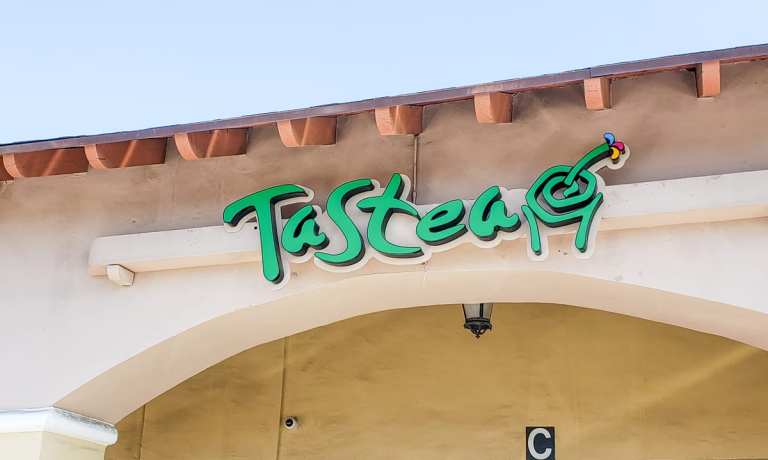
There comes a point for many small and midsize restaurant chains when the knowledge of local tastes that drove their initial success can no longer be their guidepost as they grow into new markets. After all, the needs and desires of consumers in one’s hometown are probably not identical to those of people living hundreds of miles away. To maintain a strong understanding of its customers even as it expands to new locations, Southern California-based beverage chain Tastea is refining its segmentation process.
“As our company has grown, we’ve noticed that it’s harder and harder to do a companywide launch of a new products,” Ted Vu, co-founder and managing member of Tastea, told PYMNTS in an interview. “A lot of times you want to be able to test the product in certain markets first and be able to market it to the people who actually are interested in that product … Being able to combine different variables together makes it a lot more powerful for us, really being able to target what products we should move forward with.”
This kind of specificity allows the company to recreate the sort of intimate knowledge of its customers that it has at locations closest to home, creating a menu that more closely reflects what consumers actually want.
Keep ‘Em Coming
Factors by which the company segments, Vu explained, include geographical area, spending habits, taste preferences and visit frequency. He noted that the company will vary its promotions by segment, so that customers will not be “bombarded with advertisements that don’t really apply to them.” Additionally, the company uses this knowledge of its customers to create targeted bonus offers, such as add-ons and upgrades.
He explained that, with this segmentation, the company is better able to take advantage of its loyalty rewards membership base to drive more frequent visits.
“It’s given us the ability to influence when people purchase and how frequent they come,” he said, “Because … if you haven’t come to our store in three to four weeks, we can segment those customers as well, and send them a special deal … just to get them back in the door.”
A Well-Timed Calamity
When Vu and Co-Founder Scott Nguyen opened Tastea in 2001, when both were still in college, they viewed it as a “space to hang out,” noting that there were not enough social gathering places in the area. Vu recalled, “We set out to create an environment for people to really just enjoy our drinks.”
Of course, come March 2020, a social environment for people to come together and hang around for long periods of time was the worst thing that a restaurant could be. However, unlike many on-premises-centric restaurants that were somewhat blindsided and had to build a digital presence from scratch, Tastea had been investing in its digital ordering channels for years.
Vu noted that, as far back as 2015, the company had begun looking for tech partners, finally making its decision in 2018. From there, it took time to build out the app with all the desired features — ordering, loyalty, and payment processing, among others — included.
“Coincidentally, March of 2020 is when we launched it, and so it was almost perfect timing,” said Vu. He added that the pandemic “actually kind of helped us a lot,” creating a reason for people to adopt the new digital ordering options who otherwise may not have.
“Trying to get people to adopt your online ordering app is going to take a lot of marketing, it’s going to take a lot of money to get,” said Vu. However, he noted, “almost thanks to the pandemic,” people began adopting the channel almost immediately. The company opened order pickup windows and created tamper-safe stickers for delivery orders to build trust with skeptical customers.
The Omnichannel Experience
Now, as the in-person social occasion returns, Tastea is rebuilding its on-premises business. As many other restaurants have observed, digital sales for Tastea are remaining strong even with dine-in on the rise.
“We’ve got the customers who’ve gotten used to the online ordering, and they continue to do that,” said Vu. “But now we’re even gaining the customers who did not adopt the online ordering. So … we’ve started gaining back a lot of customers who don’t like to order through the apps.”
PYMNTS data from an April survey of over 5,000 U.S. consumers, published in our new report, The Bring-It-To-Me Economy, created in collaboration with Carat from Fiserv, find that off-premises is here to stay. Now, with the rise in digital ordering, consumers are 31 percent more likely to order restaurant meals to be eaten at home than to order dine-in, with two thirds of consumers reporting that they order for delivery or pickup.
Additionally, the research found 58 percent of consumers reported that they are placing more restaurant orders online than before the pandemic. This number goes up for the younger demographic likely to hang around at a boba shop such as Tastea — 65 percent of millennials and 70 percent of Generation Z consumers have been ordering more from restaurants online.